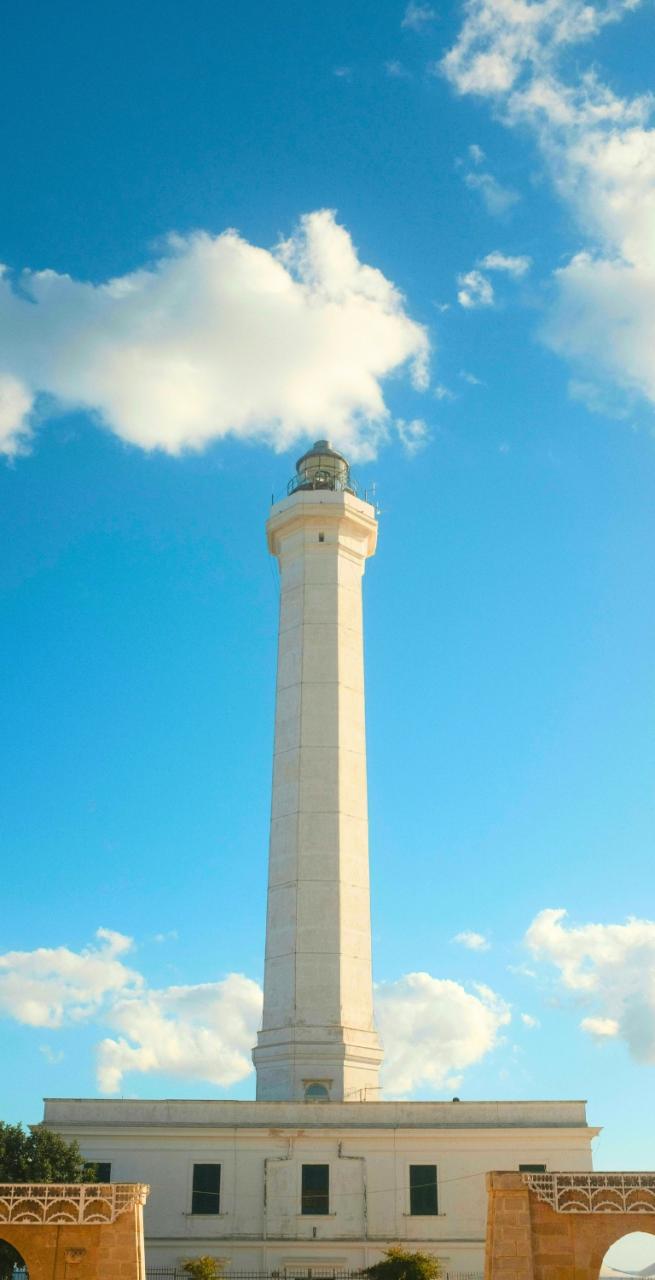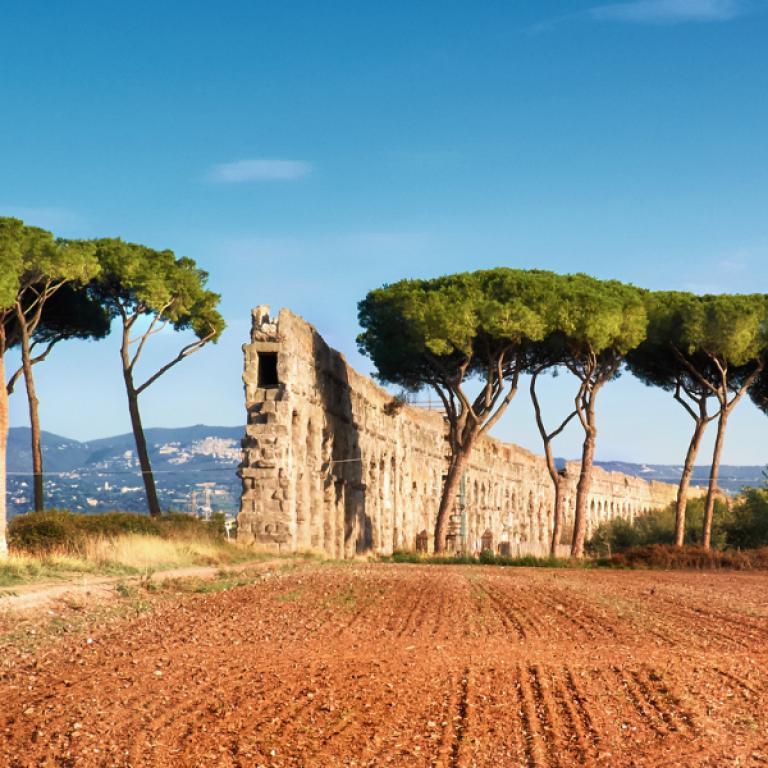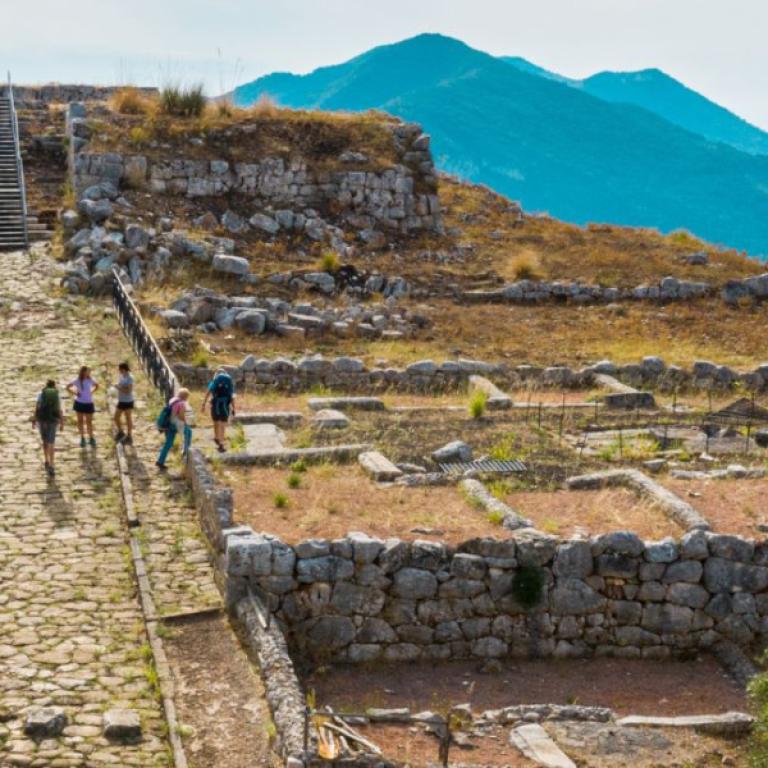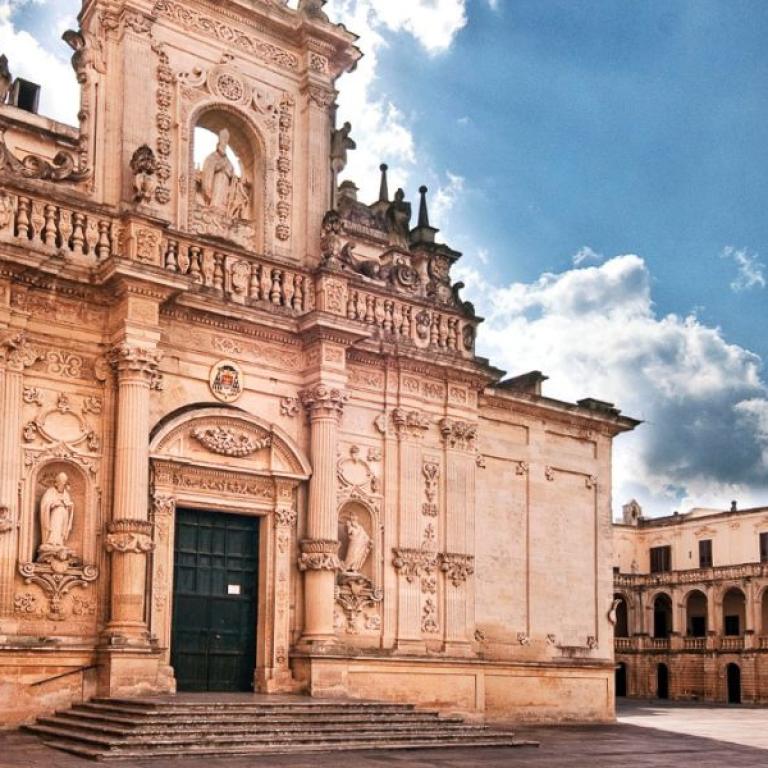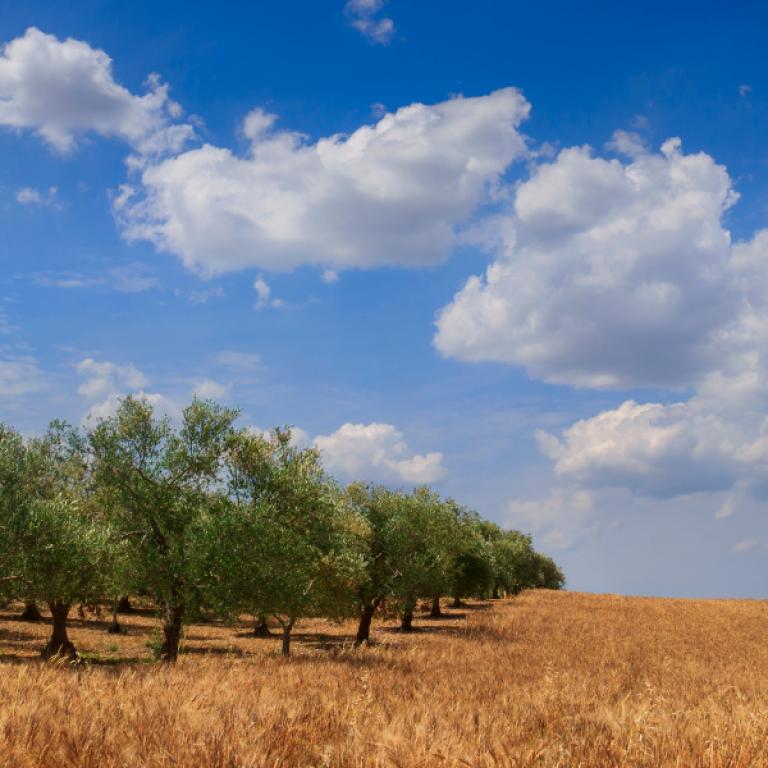930 km between Lazio, Campania, Basilicata and Puglia. From Rome to Santa Maria di Leuca: a spectacular journey among ancient consular roads, archaeological and naturalistic areas, castles and abbeys, and boundless horizons where land sky and sea come together. From the Parco dell'Appia Antica to Terracina, Gaeta, Sessa Aurunca and Benevento, a strategic junction between the Via Appia and the Via Traiana, and then off along the Gargano and Salento to the destination, to the historic ports of embarkation for the Holy Land.
